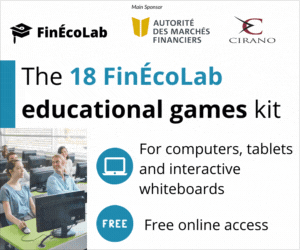Mohawk College and SEE Institute, the net-zero emissions building based in Dubai, UAE, have signed a Memorandum of Understanding to create opportunities for the students, faculty and researchers at both institutions in the areas of research, training and academic studies.

Based in Dubai, SEE Institute is a hub for sustainability education, research and business incubation, promoting sustainable practices in the Middle East and around the world. Mohawk College, in Hamilton, ON, is an internationally recognized leader in sustainable development, research and education. The partners are also home to two of the world's most recognized net-zero institutional buildings, Mohawk College's Joyce Centre for Partnership & Innovation and See Institute building. The announced agreement is rooted in the partners' shared commitment to promoting the mainstream adoption of sustainability and climate action in pursuit of a net-zero carbon future.
"Mohawk College is excited to partner with SEE Institute to pursue a net-zero future through collaboration, education, and research," said Paul Armstrong, President of Mohawk College. "Our institutions share a common commitment to climate action and achieving the ambitions of the Paris Agreement and United Nations Sustainable Development Goals, and we have each demonstrated that net zero is possible. We look forward to working with SEE Institute to create rich, empowering learning and life opportunities for the students and faculty of both our institutions."
Engineer Faris Saeed, the Founder and Chairman of SEE Institute, said: "This partnership with Mohawk College signifies a powerful alignment of our mutual goals to drive innovation and foster a global mindset towards sustainability. By combining our expertise and resources, we are creating unparalleled opportunities for students and faculty, while setting a precedent for international cooperation in achieving a net-zero emissions future."
Through the announced agreement, the partners will explore ways to:
- promote student exchanges/pathways from degree, diploma, and certificate programs;
- explore credit transfers, dual credentials, and joint degrees, through student and faculty exchanges (virtual and in-person);
- share teaching resources;
- explore opportunities for co-ops, placements, internships, and projects for students;
- promote the institutions at conferences and symposiums; and
- conduct research and applied research collaborations and industry studies.
Once the institutions have decided on the terms for any education, training, or mobility opportunities, they will establish formal agreements accordingly. This initial agreement will remain in place for five years.













